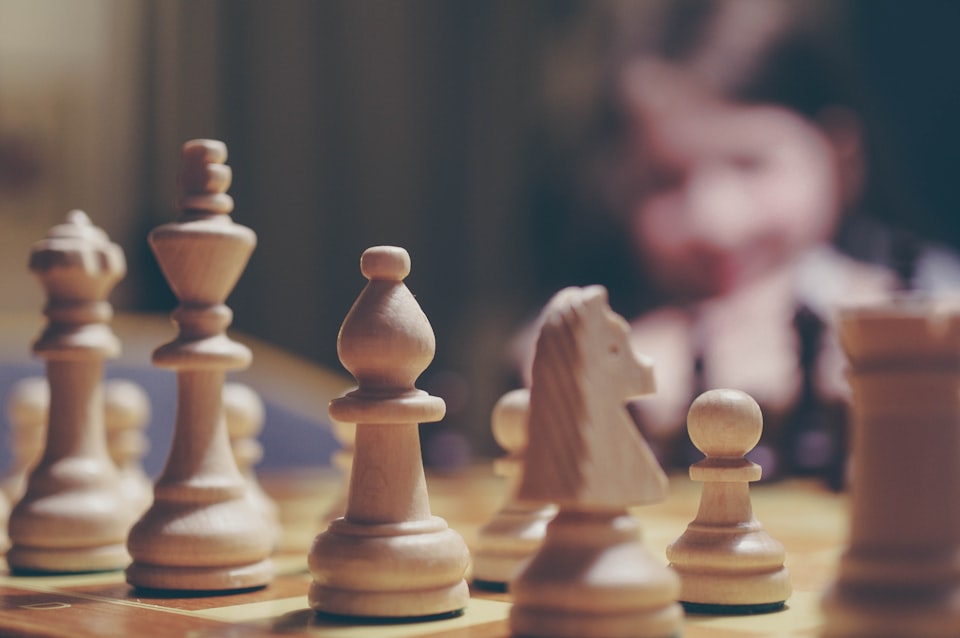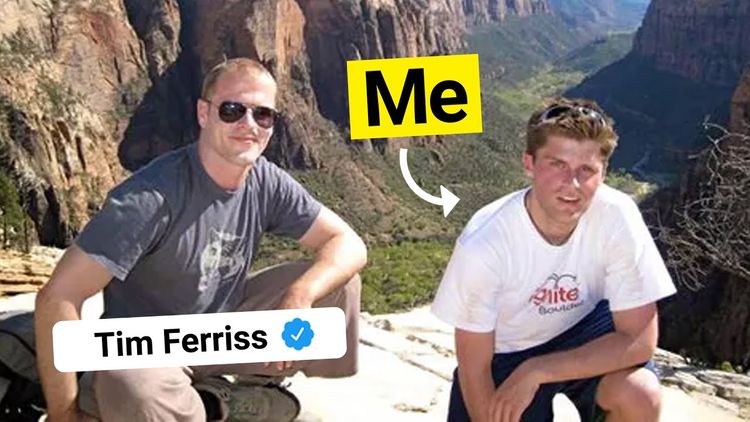How “The Mozart of Chess” Gets His Head in the Game

I recently watched the documentary Magnus, the story of uber-genius chess player, Magnus Carlsen. The film shows his meteoric rise from childhood chess wiz to World Chess Champion.

One of my favorite scenes in the film is during the World Chess Championship.
As he plays the first few games against his final opponent, Magnus is a mess.
The entire time, Magnus looks distraught. He continually buries his head in his hand.
Each game is a draw or a loss.
That night, Magnus goes back home with his family. What’s interesting is that he doesn’t spend much time wallowing over his losses. He doesn’t sit down to practice and prepare for the final day.
Instead, Magnus goofs off. He relaxes, makes jokes, and plays games with his family.
The next day, Magnus destroys his opponent. Win after win after win.
His performance is literally unlike anything the chess world has seen. A commentator remarks:
“It can only be compared to climbing Everest in tennis shoes without oxygen. And he’s doing it.”As I’ve written before, play (stress-free fun) enhances performance by releasing tension and stress. Magnus plays before the biggest match of his life, and it pays off beautifully.





Member discussion